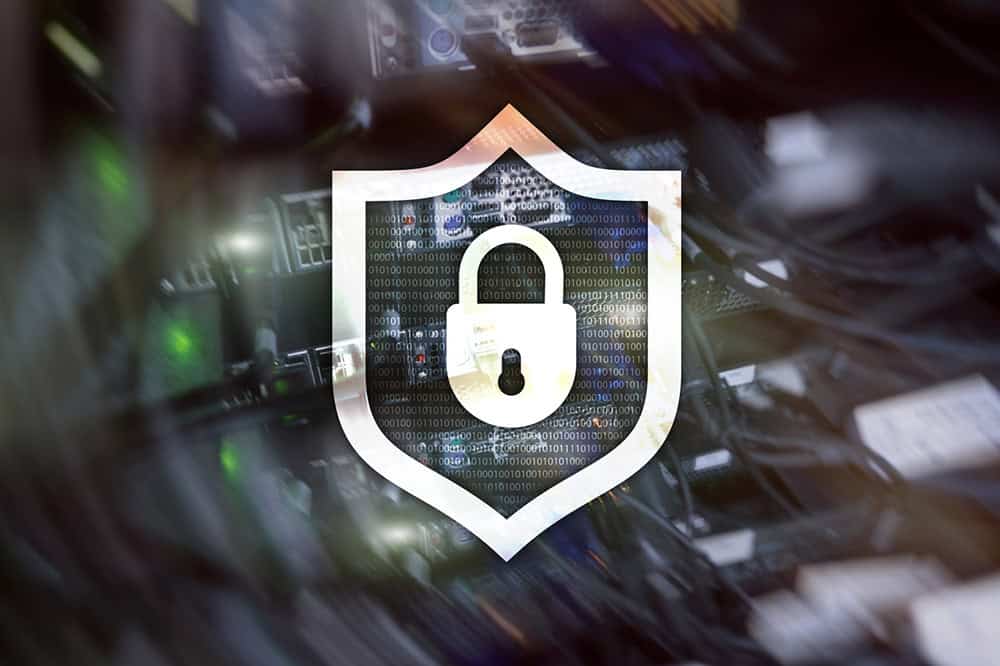Executive Summary
The 2024 Voice of the CISO report from Proofpoint, surveying 1,600 CISOs globally, provides critical insights into the evolving landscape of cybersecurity. The report highlights the heightened concerns about cyberattacks, the significant role of human error in security vulnerabilities, and the increasing reliance on AI-driven solutions to combat these threats. Here are the key findings and implications for cybersecurity leaders.
Key Findings
- Perceived Vulnerability and Preparedness
- 70% of CISOs feel vulnerable to a material cyberattack within the next 12 months.
- Despite this, 43% feel unprepared to manage such an attack, showing a slight improvement from previous years.
- Human Error as a Major Vulnerability
- 74% of CISOs view their employees as the largest vulnerability within their organizations.
- 87% plan to deploy AI-driven solutions to mitigate human-centric threats, indicating a strategic shift towards advanced technological defenses.
- Data Loss and Insider Threats
- 46% of CISOs reported dealing with the loss of sensitive data in the past year.
- Of these incidents, 73% were attributed to employees leaving the organization, underscoring the challenge of managing insider threats.
- Economic Impact and Investment Challenges
- 59% of CISOs believe their ability to make critical cybersecurity investments is impeded by the current economic downturn.
- 62% state their organization would pay a ransom to prevent data exposure and restore systems in a ransomware incident, reflecting the high stakes involved.
- Concerns About Personal Liability
- 66% of CISOs express concern about personal liability for cyber incidents, highlighting the personal risks associated with the role.
- Cyber Insurance as a Safety Net
- 79% rely on cyber insurance to recover from potential cyber losses, showing the importance of insurance in their risk management strategy.
- Boardroom Alignment
- 84% of CISOs are confident that their board members agree with them on cybersecurity issues, indicating stronger alignment between CISOs and organizational leadership.
Implications for Cybersecurity Strategy
- Enhanced Employee Training and Awareness: Given that human error remains a significant risk, investing in comprehensive cybersecurity training programs is crucial. Ensuring employees understand their role in safeguarding the organization’s data can mitigate this risk.
- AI-Driven Security Solutions: With a majority of CISOs planning to utilize AI to enhance security, it is essential to integrate AI tools that can proactively identify and mitigate threats, especially those arising from human errors.
- Focus on Insider Threat Management: Implementing robust data loss prevention (DLP) strategies and closely monitoring employee activity, especially during offboarding processes, can help prevent data breaches caused by insiders.
- Economic Considerations: In light of economic challenges, CISOs should prioritize cybersecurity investments that offer the highest return on investment. Solutions that address multiple threat vectors efficiently can provide the best value.
- Cyber Insurance: Given the reliance on cyber insurance, it is vital to regularly review and update insurance policies to ensure adequate coverage and compliance with the latest security protocols.
- Board Engagement: Maintaining strong communication with the board and ensuring alignment on cybersecurity priorities can help secure necessary resources and support for security initiatives.
Conclusion
The Proofpoint 2024 Voice of the CISO report underscores the complex and evolving challenges that CISOs face today. From managing human error and insider threats to navigating economic constraints and ensuring boardroom alignment, CISOs must adopt a multifaceted approach to cybersecurity. By leveraging AI-driven solutions, enhancing employee training, and maintaining robust risk management practices, organizations can better prepare for the threats of today and tomorrow.
For more insights and to access the full report, visit Proofpoint.

